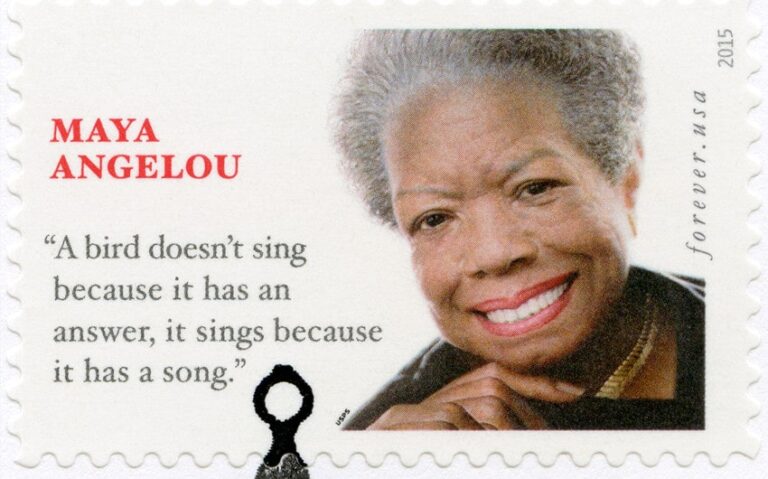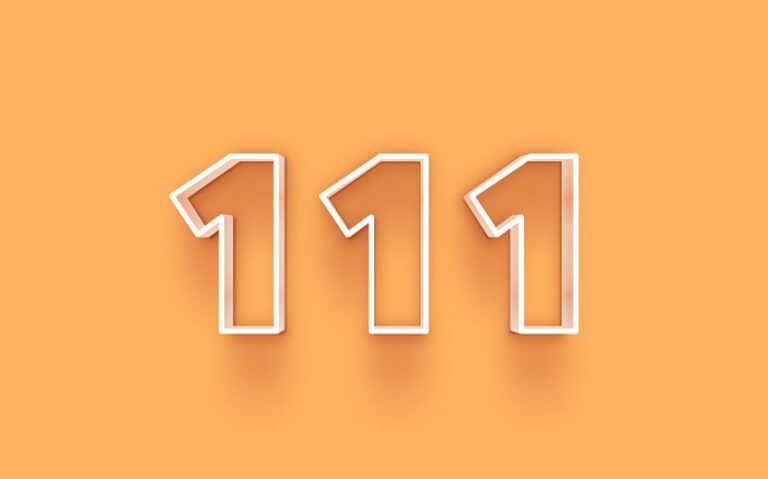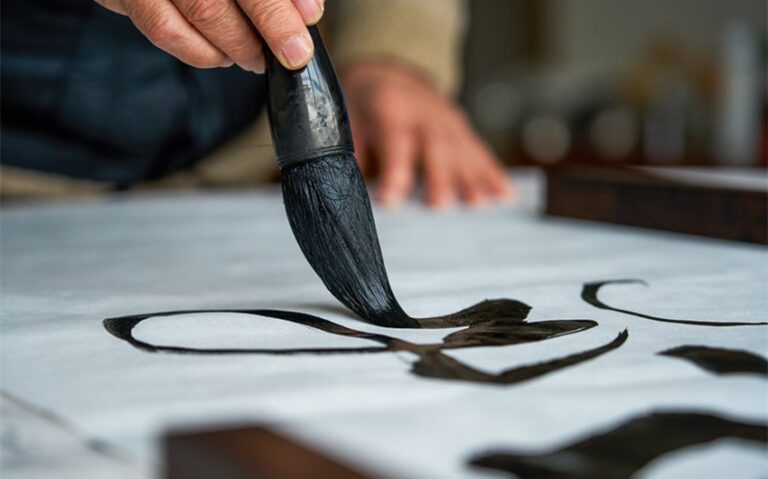Is Happiness a Choice or a Feeling? A Deep Look at What Really Shapes Joy
Happiness is a word we hear everywhere. It’s written into wellness slogans, whispered in affirmations, and promised in books, products, and plans. But the question remains: is happiness something you choose, or something you feel? Can you wake up and decide to be happy, or is it a fleeting emotion that visits you when life aligns just right? The truth is layered, and the answer isn’t either/or—it’s both. This article explores the complex nature of happiness and how choice and feeling are more connected than they first appear.
The Nature of Happiness: Emotion, Experience, or Both?
Happiness is often described as a feeling—but it’s also an experience, a habit, and even a perspective. It can be sparked by a moment of laughter, a favorite song, or the sun on your skin. But it can also be cultivated over time through values, intentions, and choices. That’s what makes happiness so fascinating: it’s not just an emotion that appears—it’s a way of engaging with life.
Some researchers define happiness as the presence of positive emotion and the absence of distress. Others expand it to include purpose, relationships, personal growth, and satisfaction. So when we ask if happiness is a choice or a feeling, we’re really asking: what part of happiness do we actually have control over? And the answer is nuanced, but hopeful—you have more power than you think.
Understanding Happiness as a Feeling: Biological and Emotional Roots
Happiness, in its purest form, begins as a feeling. It’s your brain’s natural response to joy, connection, safety, or reward. Chemicals like dopamine, serotonin, and oxytocin flood your system when something good happens—whether it’s a compliment, a hug, or a small personal win. This response is deeply biological and often automatic. You don’t have to “choose” to feel good in those moments—your body simply reacts.
However, feelings are also fleeting. They rise and fall like waves. A happy moment doesn’t necessarily lead to a happy life. And that’s where the idea of happiness as a choice comes in—not as a replacement for emotion, but as a way to build conditions that welcome more of it. You may not choose every feeling, but you can choose how you respond to them—and that changes everything.
Understanding Happiness as a Choice: Mindset and Daily Decisions
While you can’t control every external event, you can control many internal habits—and those habits shape your experience of happiness. Choosing happiness doesn’t mean ignoring pain. It means choosing to focus on what you can appreciate, what you can grow from, or how you can take care of yourself during difficult times.
Choices that support happiness include getting enough sleep, setting boundaries, practicing gratitude, seeking joy, and cultivating meaningful relationships. It also includes choosing compassion over judgment, presence over distraction, and progress over perfection. When you commit to these small, repeated decisions, you create an emotional environment where happiness can take root and flourish—sometimes slowly, but always powerfully.
How Thoughts Influence Emotional States
Your thoughts are powerful shapers of your feelings. The narratives you tell yourself—whether hopeful or harsh—directly affect your emotional reality. If you constantly think, “I’m behind,” “I’ll never be enough,” or “This will never get better,” you’re reinforcing mental patterns that block happiness. But when you shift your inner dialogue to include more self-compassion, possibility, and curiosity, your emotional state begins to shift, too.
This doesn’t mean forcing positivity. It means becoming aware of your thought habits and gently steering them in a direction that supports peace, not panic. Tools like cognitive reframing, mindfulness, and journaling help you catch the mental stories that keep you stuck and choose ones that lift you instead. Choosing better thoughts leads to feeling better feelings—and that’s a real, repeatable path to happiness.
The Role of Gratitude, Perspective, and Intention
Gratitude is one of the most accessible and transformative choices you can make in service of happiness. It doesn’t change your circumstances—it changes how you relate to them. Even in chaos, gratitude helps you see what’s still good, what’s still true, and what’s still worth celebrating. It’s not blind optimism—it’s perspective grounded in presence.
Intention also plays a role. When you decide to seek happiness—not in a forced or desperate way, but with gentle openness—you begin to find more of it. You notice beauty. You slow down. You become more receptive to joy. Happiness may not always arrive with fireworks, but with intention, it quietly grows stronger in your life.
Can You Choose Happiness During Difficult Times?
This is where things get complicated. It’s one thing to choose happiness when things are going well—but what about when you’re grieving, anxious, or overwhelmed? Can you still choose happiness then? The answer is: yes, but not in the way most people think. You’re not choosing to feel good immediately. You’re choosing not to give up on the possibility of feeling good again.
During hard times, choosing happiness looks like reaching out for support, letting yourself cry, creating small moments of comfort, or taking the next gentle step forward. It’s not pretending you’re fine—it’s remembering that happiness isn’t off the table forever. Even a whisper of joy, a flicker of peace, counts. And that’s often enough to keep going.
When Happiness Isn’t a Choice: Mental Health and Real-Life Limits
It’s essential to recognize that for many people, especially those struggling with mental health conditions like depression or trauma, happiness isn’t something they can simply choose. Neurochemistry, past experiences, and systemic challenges all affect emotional well-being. To suggest happiness is always a choice can feel dismissive—or worse, shame-inducing—for those who are genuinely suffering.
If you’re in that space, know this: your feelings are valid. And your healing matters. Choosing happiness may not be accessible in every moment, but choosing care—choosing support, rest, and treatment—is still powerful. Sometimes the most honest form of happiness is survival. And choosing to stay, to try, and to hope again when you’re ready, is a deeply brave and sacred act.
Cultural and Philosophical Views on Choosing Happiness
Different cultures and philosophies have unique takes on happiness. In many Eastern traditions, happiness is tied to presence, detachment, and acceptance. It’s not something you chase—it’s something you create by letting go. In Western models, happiness is often tied to achievement, autonomy, and emotional expression. The truth, as always, lies somewhere in the balance.
Philosophers like Aristotle spoke of eudaimonia—flourishing—as the highest form of happiness, built not on pleasure but on purpose. Meanwhile, modern psychology blends both views: suggesting that happiness is a mix of fleeting pleasure, emotional satisfaction, and meaningful engagement. Across time and cultures, one truth remains: happiness is real, and it’s worth exploring, however you define it.
Finding Balance: Letting Happiness Be Both Felt and Chosen
So, is happiness a choice or a feeling? It’s both—and more. It’s a feeling that arises when conditions are right, and a choice that helps create those conditions. It’s a wave you ride and a direction you face. It’s momentary and cumulative. The real secret is in balance: honoring happiness when it shows up, and gently choosing it when it doesn’t.
You don’t have to fake joy. But you can make space for it. You can let happiness visit as a guest, stay as a habit, and return as a friend. You can choose the thoughts, actions, and relationships that build a life where happiness feels welcome—again and again.
Practical Ways to Cultivate Chosen Happiness Without Forcing Emotions
- Start small: Focus on one thing that feels good today—a warm drink, a kind word, a stretch.
- Practice mindfulness: Let yourself fully experience happy moments, without rushing past them.
- Use gratitude daily: Write down three things you’re grateful for—even tiny things count.
- Reframe your thoughts: Notice negativity spirals and gently shift to a kinder narrative.
- Choose connection: Reach out, share, and surround yourself with people who support your growth.
Final Reflections: Integrating Choice and Feeling in Daily Life
Happiness isn’t just a fleeting feeling or a forced decision—it’s an ongoing relationship between your mind, your heart, and your choices. Some days, it arrives effortlessly. Other days, you have to choose it with intention, even if just in small ways. Both are valid. Both are real. And both are worth practicing.
So the next time you wonder, “Can I be happy today?” the answer might be: not entirely—but maybe, in this moment, I can choose something that brings me closer to it. And that is more than enough.






